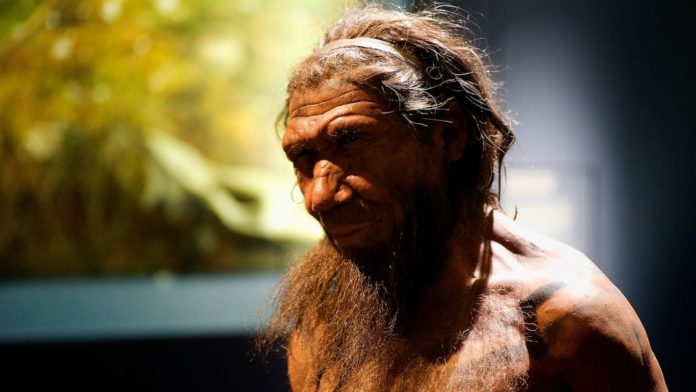As prehistoric communities developed and grew into larger groups living together in close proximity, the risk for spreading infectious diseases grew with them. A new paper from Canadian and international researchers simulated how caregiving may have evolved to help our ancestors limit disease transmission and establish large and healthy societies.
The team used computer models to simulate the progression of care provision in four social systems. Communities ranging between 50-200 individuals were digitally reconstructed for Homo erectus, Homo heidelbergensis, Homo neandertalensis, and Homo sapiens.
Durham University’s Sharon Kessler and her colleagues used evidence from paleogenomics, human ecology, the fossil record, and disease transmission models to create the simulations. The team made sure to use broad range of values in their simulated variables to account for the fact that knowledge of prehistoric caregiving is limited.
Variables included rates of disease transmission and death, the performance of caregiving on the rate of disease proliferation, and the level of interconnectivity between the inhabitants of the community.
Sharing the burden of exposure a key development in caregiving
The simulation shows that, prior to the development of effective care strategies, care was likely done on the basis of one’s extended family or kin. This was the most likely way caregiving initially evolved, because individuals shared the burden of exposure which limited the risk for the individual. At the same time, the risk of transmission stayed within the family unit.
In tandem with expanding communities and an increased threat of a devastating outbreak, more effective caregiving could develop, such as complex and flexible care networks which extended beyond the family and into the community.
The authors note that this level of cooperation may have contributed to the complexity and diversity of human societies.
“Our models show that by providing care cooperatively, populations could suppress disease spread down to the level seen in populations with less complex networks.
“This meant that by controlling disease spread, early humans could evolve greater social complexity without suffering from greater levels of disease,” adds Kessler.
Scratchy voices may be an evolutionary response
The researchers argue that these advances created selective pressures for human traits – cognitive, social, psychological, and biological – which assisted with both the identification and treatment of disease.
“Caregiving for the diseased evolved as part of the unique suite of cognitive and socio-cultural specializations that are attributed to the genus Homo,” say the authors.
They point to the likes of discolouration in our cheeks, particular odours in sweat, and instantly recognizable changes in our voices indicative of upper respiratory tract infections as biological examples that helped with disease recognition.
Other examples include cooperative caregiving and immune systems adapted to handle pathogens spreading amongst the care providers. Collectively, these traits may have been crucial to our ancestors’ survival.








































